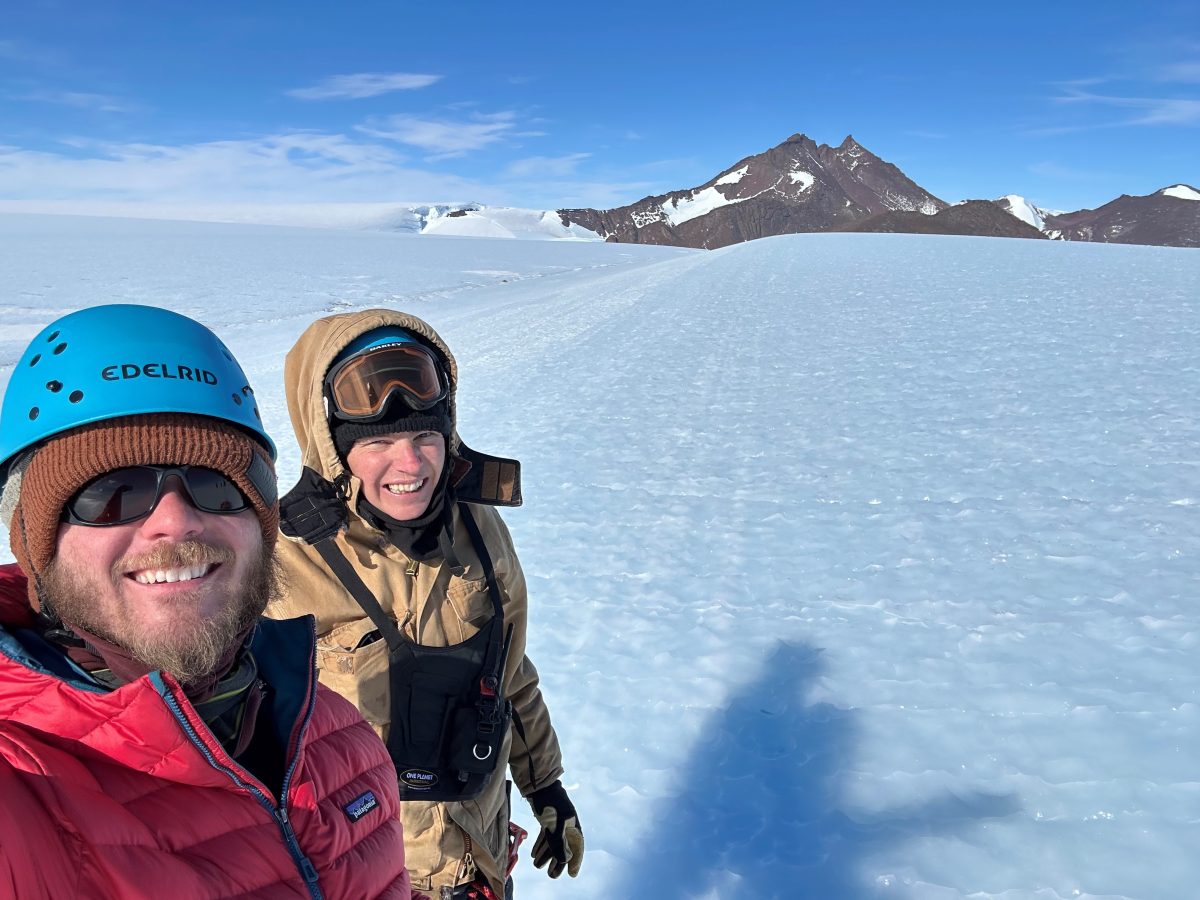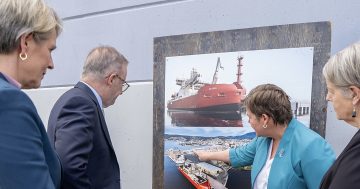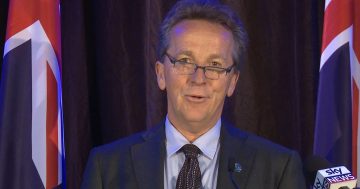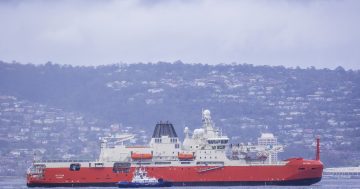
Victorian electrician Scott Newman (left) and Tasmanian plumber Jess Condon-Bartlett (right) both worked at the Australian Antarctic Division’s Mawson research station in Antarctica for a season. Photo: Australian Antarctic Division.
The Australian Antarctic Program is looking for applicants interested in working at one of the division’s four scientific research stations over the 2024/25 season.
Electricians, carpenters, chefs, supply officers and information technology officers are among the 36 different roles on offer, with contracts ranging between four to over 12 months long.
For the 280 applicants who successfully clear the extensive recruitment process, they will be able to work in one of the Australian Antarctic Division’s (AAD) small communities at the Davis, Mawson and Casey research stations, along with the sub-Antarctic Macquarie Island.
Applications are open until 1 January 2024.
According to the AAD’s Organisational Psychologist Maree Riley, the placements are perfect for people who like living in small and remote communities.
“Teams live closely for months at a time and so recruiting the right community-minded people is important. We recruit based both on a candidate’s technical skills and their personal qualities,” she said.
“Our Antarctic research informs global policy on climate change and ecosystem management and the people who keep our stations running are a critical part of that effort.”
Hailing from Snug, Tasmania, Jess Condon-Bartlett said she applied to the program because of her mum’s wish for her to become a pilot and fly her to Antarctica.
“I didn’t quite get to be a pilot, I became a plumber instead, sorry mum! But I’m here and it’s been an amazing experience,” she said.
Jess worked at Mawson station as one of the tradespeople maintaining the Holme Bay institute. She said the highlight of her stay was watching the southern lights (aurora australis) throughout the winter with her fellow expeditioners.
“At the start when you meet everyone, you move through the ‘relationship’ from being strangers, then colleagues, then friends and then feeling like our own little Antarctic family. It is a wonderful sense of camaraderie, care and support.
“You’re really dependent on the other trades. We all rely on each other and our expertise to keep this ‘home’ running. The opportunity to learn and grow in my work knowledge and understand new procedures has been really great. Every day you learn a new skill or get a new bit of knowledge.
“One example is making water from a glacier, using multiple pipe systems to convey heating water and drinking water around the station without it freezing! Every day I tell myself, ‘Wow, this is the best type of work I’m ever going to do in my life!'”
Electrician Scott Newman from Hopetoun, Victoria, said it took quite a few years and selection centres (24-hour assessment ‘camp’) to get down to the Mawson facility, but that it was worth the wait.
From the walks on the sea ice around islands off station where they see the snow petrels and skuas flying around, to working on a wind turbine, an opportunity he’d never had the chance to work on back home.
“One of the best things about living in in Antarctica is the wildlife and going out to the Auster penguin colony and watching the emperor penguins,” he said.
“We even get to help with science taking photos of penguin colonies for counting and assisting with the maintenance of the penguin cameras.
“After work, we all play pool and darts up at the bar or head out onto the sea ice for a round of golf. We also get to go on recreation trips out into the field and visit the mountains and frozen lakes up on the Plateau behind the station.
“I have really enjoyed my time on station and will be back for another season.”
Those interested in applying can find more information on the AAD website.





